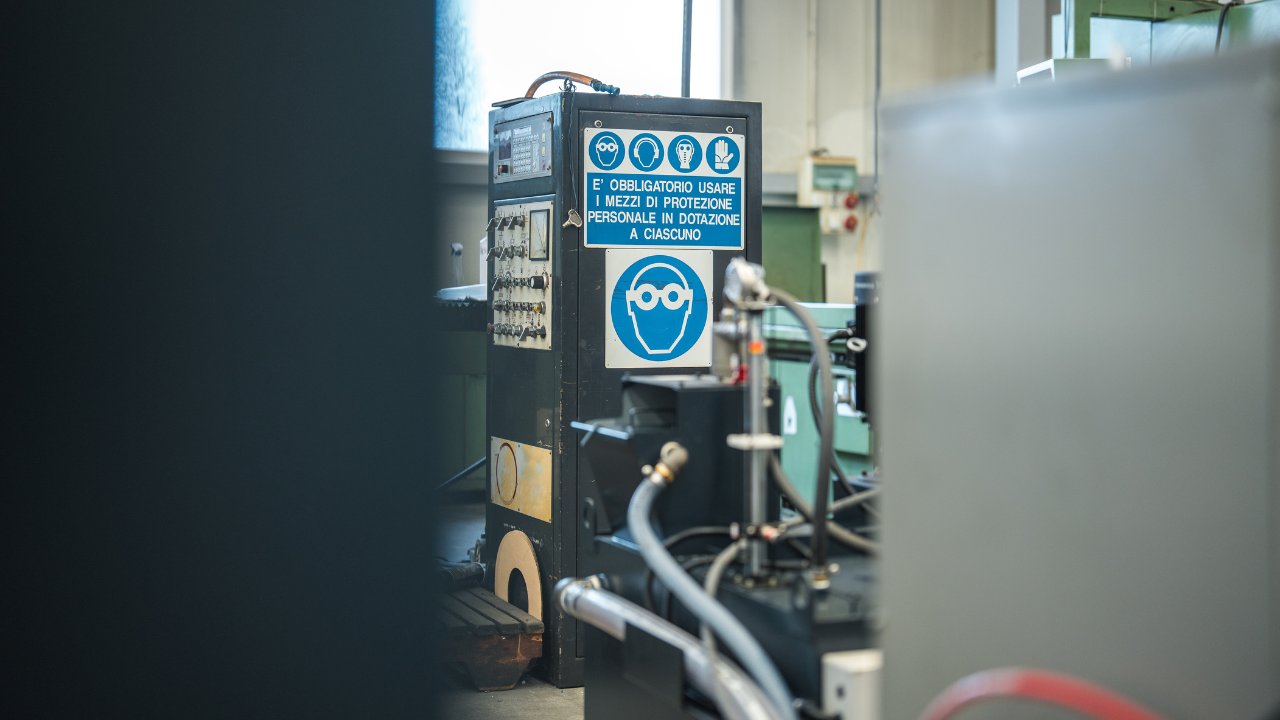Pump Technology Balancing Tradition & Innovation
Heinz P. Bloch
Process pump reliability logically involves a combination of fluid-related performance and design decisions that focus on engineering materials and the configuration of mechanical components. Recent case studies have pointed out improvement opportunities in the relative design conservatism found in certain process pump models. Combined with deficiencies in the training of personnel, it can be argued that pump reliability has not made as much progress as it perhaps could.
This view is supported by repeat failures of process pumps. It is evident that whenever random or repeated failures occur in process pumps, the true root causes of these events have not been uncovered. In many instances, tradition favors treating the symptoms or, just as inappropriately, doing nothing at all.
Tightened Specifications Often Inappropriate
A closer look at the issue of unidentified repeat failures shows another worrisome trend. Tradition-bound reliability engineers look at pre-existing specifications and decide to make the new specification tighter. The fallacy of simply tightening a specification is best shown in four case histories. Each deals with fluid machinery and illustrates that tighter specifications do not automatically translate into better and truly life extending specifications. Well-focused specifications increase safety, equipment reliability and bottom-line profits. Tight specifications may fall far short of reaching the goal.
Case 1 and high temperature pump lubrication.
Many years ago, a Canadian consulting engineer was impressed by a well-designed API-style pump at a refinery in Trinidad. He fully understood the merits of pure oil mist lubrication which, in this instance, benefited a visbreaker heavy fuel oil pump that processed flammable hydrocarbons at 750 degrees F. For many years, the pump and its rolling element bearings ran safely, successfully, dependably, flawlessly and reliably. Later, in the early 1980s, the same reliability-focused machinery engineer learned more about pumps in pipestill bottoms service with fluid temperatures of 740° F at many U.S. oil refineries. For decades, dozens of these high temperature process pumps have been lubricated by pure oil mist, again, successfully, dependably and flawlessly.
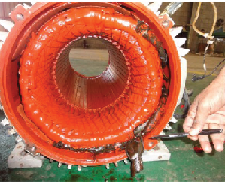
Next, fast-forward to several specifications issued by less informed engineers in 2012. What’s particularly troubling is that some of these recent specifications were issued on behalf of world-scale oil refineries. One of them, or its design contractor, now limits oil mist to pumps with pumping temperatures below 450° F. Even more astounding is a specification from another contractor. It stipulates a 300° F pumpage temperature as the cutoff for oil mist lubricated rolling element bearings. A few recent specifications call for “heavy service factor reclassifiers,” although no such “heavy service factor” reclassifiers (i.e., oil mist flow orifices) were ever found necessary for process pumps in the 40 years from 1973 to 2013.
Limiting oil mist applications to pumping services not exceeding 300° or 450° F begs an important question: What lube application method will best serve pumps with 600° and 740° F operating temperatures? Other than the outstandingly well-proven pure oil mist, only liquid oil sprayed directly into the cage of a rolling element bearing is a suitable option for the reliability-focused machinery engineer. Reverting back to liquid oil sumps with oil rings and constant level lubricators has serious, negative maintenance cost impact. An even worse potential scenario exists with conventional lubrication and inadequate maintenance. In the case of inadequate maintenance, the equipment owners must surely brace themselves for adverse safety and reliability outcomes.
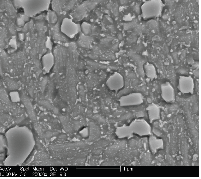
Case 2 and the implications of continuous pump operation at 25 percent of design point flow.
Another recent oil refinery pump specification requires all process centrifugal pumps to be continuously operable at 25 percent of the capacities shown on their respective design flow plans. If such clauses are enforced, the owner-operators could be locked into purchasing highly inefficient pumps or would have to elevate pump suction vessels high into the process unit to gain available net positive suction head. Alternatively, the pumps might have to be provided with variable frequency drives, automatic bypass valves, or whatever. It’s just another example that shows a surprising lack of understanding. The cure would be to read a few of Igor Karassik’s old pump texts or, as of 2015, study some of the now 31 years’ worth of Texas A&M University’s International Pump Symposium Proceedings. But, simply tightening a specification will have serious cost consequences up front, serious failure consequences later, or both.
Case 3 and disregarding favorable experience with oil mist on electric motors.
Only very recently have there been reports of electric motor terminal wires swelling. After noting swelling of the insulation on terminal wires (i.e., “T” leads) of relatively new electric motors, one would be concerned that cooling air flow at the motor’s stator ends might be impeded (see Figure 1). But the T leads on thousands of motors have never swelled prior to a prominent manufacturer recently changing the insulation materials on them. The manufacturer had begun using a material with a swell rate in excess of 10 percent at 50 degrees C while the decades-old satisfactory precursor material had swell rates of only 1.8 percent at the same operating temperature. And of the motors equipped with the precursor materials, over 26,000 were commissioned in the four decades leading up to 2010. In fact, about 1,000 of these had been installed in Texas from 1975 through 1978 and lubricated with pure oil mist. Many were still operating flawlessly when last checked with the user in 2012. In other words, as of 2012, these motors had been in successful service for 34 years.
At one petrochemical plant in 2012, the response to T lead swelling in motors was to advocate a return to grease lubrication. But, grease lubrication needs to be done periodically and correctly. The maintenance intensity and personnel training requirements for grease lubricated electric motors far exceed those of motors lubricated with pure oil mist. A professionally superior approach would be to question the motor manufacturer to fully understand what caused the T leads to swell. Cooperative motor manufacturers will readily assist with the analysis and implement the right remedial action without delay. Remedial directives are available from the better electric motor manufacturers and from the Reliability Services Resource Center (www.enovis.com), offered by an experienced provider of plant-wide oil mist systems. These manufacturers would be among those able to explain that T leads coated with well-proven, low swelling materials, such as irradiation cross-linked polyolefins, should not have been abandoned in favor of new T leads with a much greater swell rate. And reverting to grease lubrication will rarely qualify as 21st century reliability engineering. Instead, insistence on the type of T leads that have served well for the past 34 years would seem appropriate.
At one petrochemical plant in 2012, the response to T lead swelling in motors was to advocate a return to grease lubrication. But, grease lubrication needs to be done periodically and correctly. The maintenance intensity and personnel training requirements for grease lubricated electric motors far exceed those of motors lubricated with pure oil mist. A professionally superior approach would be to question the motor manufacturer to fully understand what caused the T leads to swell. Cooperative motor manufacturers will readily assist with the analysis and implement the right remedial action without delay. Remedial directives are available from the better electric motor manufacturers and from the Reliability Services Resource Center (www.enovis.com), offered by an experienced provider of plant-wide oil mist systems. These manufacturers would be among those able to explain that T leads coated with well-proven, low swelling materials, such as irradiation cross-linked polyolefins, should not have been abandoned in favor of new T leads with a much greater swell rate. And reverting to grease lubrication will rarely qualify as 21st century reliability engineering. Instead, insistence on the type of T leads that have served well for the past 34 years would seem appropriate.
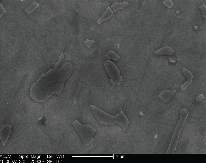
It is worthy to note that reliability engineers at true best-in-class companies are obligated to ask questions whenever equipment manufacturers change to newer materials. Such questioning has been around for a long time; it’s called management of change. In this instance, the new material was the key and comparing its properties to those of the T lead insulating material that served well in the previous 34 years would have disqualified a new material with six times the swell rate of insulation material that had been in successful use for decades.
Case 4 and lubricating vertical electric motors for pumps. On a presently active project for a petrochemical plant in the U.S. Gulf Coast region, vertical pump drive motors were specified with oil mist lubrication. Four vendors were invited to bid and all of them claimed their motors were not suitable for oil mist lubrication. It was found extremely noteworthy that a world-scale competitor in the same area has used oil mist lubrication on 107 of its vertical motors since 1977! A number of these have never experienced bearing failures in the past 37 years.
If, then, the motors for the active project are purchased as offered with part grease/part liquid oil lubrication, the new project is saddled with maintenance handicaps from Day 1. Its expenditures will far exceed those of the competition with its 37 year technologically more advanced motor lubrication.
Wear Improvement Through Diffusion Conversion Based Technology
There are unique diffusion conversion based technologies that improve both the chemical and physical characteristics of steel. These improved characteristics transform lower cost materials so they can either match or outperform more costly exotic alloys in high wear applications. Many hundreds of thousands of truck diesel engine exhaust turbochargers are using the technology to great advantage.
By modifying the crystalline lattice of steel to a depth of 50 to 75 micron, diffusion conversion technology often proves superior to traditional surface coating methods. Traditional coatings usually add a layer of high strength material which, in many cases, is prone to inadequate bonding, brittle fracture and spalling. Diffusion conversion does not alter the dimensions of the treated component. The surface hardness of diffusion conversion parts can reach 67 on the Rockwell C scale, while the underlying bulk hardness remains unaffected. When an abrasive particle or opposing surface strikes a diffusion converted surface, the wear energy is adsorbed and dissipated throughout the surrounding steel. Figures 2 and 3 show the before and after surfaces with 25,000x magnification.
This technology has the potential of solving wear problems in slurry pumps and abrasive-containing crude oil services. There is also a strong possibility that certain hot service pump impellers will live longer after the diffusion conversion treatment. At present, a forward-looking pump user is needed to make cost comparisons and share his or her findings with the industry.
Specify With Forethought
These and other regressive case histories indicate a mid-20th century, stuck in the past mind-set. Tightened specifications are often misguided and ill-defined efforts to improve equipment reliability. Fortunately, there are opportunities for a new crop of smart competitors to move ahead of the rigid traditionalists. A few 21st century operating companies are developing a questioning attitude. They demand fact-based answers from reliability engineers. Their managers refuse to act on mere opinions and recognize that wild guesses are unproductive at best, and dangerous, at worst.
Indeed, thoughtful industry leaders emerge from the haze and fog of trial and error engineering. Best-in-class companies are aligning their specifications with best available practices; they manifest and practice leadership at all levels. True leadership is conduct that convinces others to accept a course of action that, although not initially perceived as beneficial by the tradition-bound, is ultimately a far-reaching benefit to a business entity. Translation: Do some reading before you become a party to specifying counterproductive requirements. Speak up. It can be done tactfully, but decisively and authoritatively as well. Make your contributions based on factual information. Join the trend set by motivated reliability professionals who favor pursuing a 21st century mind-set.

Heinz P. Bloch
Heinz P. Bloch began his professional career in 1962, which included long-term assignments as Exxon Chemical’s regional machinery specialist for the U.S. He has authored over 600 publications, among them 19 comprehensive books on practical machinery management, failure analysis, failure avoidance, compressors, steam turbines, pumps, oil mist lubrication and practical lubrication for industry. Mr. Bloch holds BS and MS degrees in mechanical engineering.
Related Articles

OEE: Overall Equipment Effectiveness
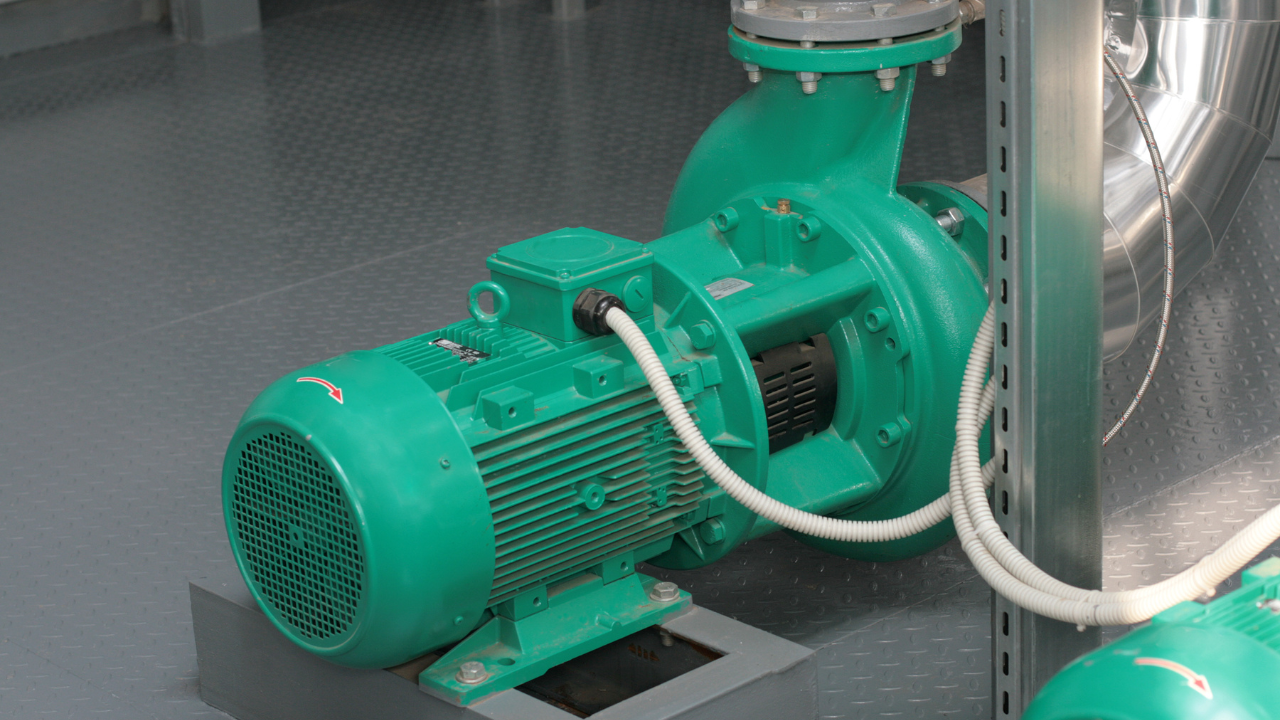
What the Pump Was Designed to Do and Why it Doesn't Do it
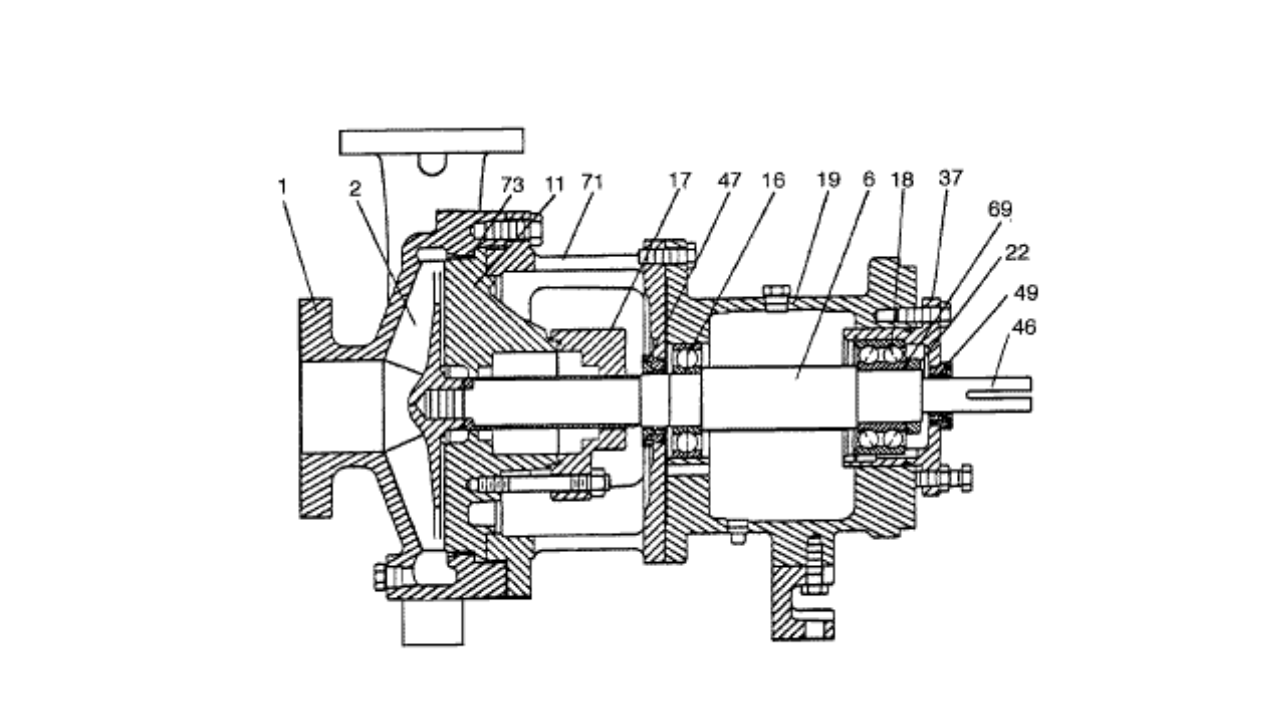
What is Wrong with the Modern Centrifugal Pump?

Digging Up Savings: Go with the Flow
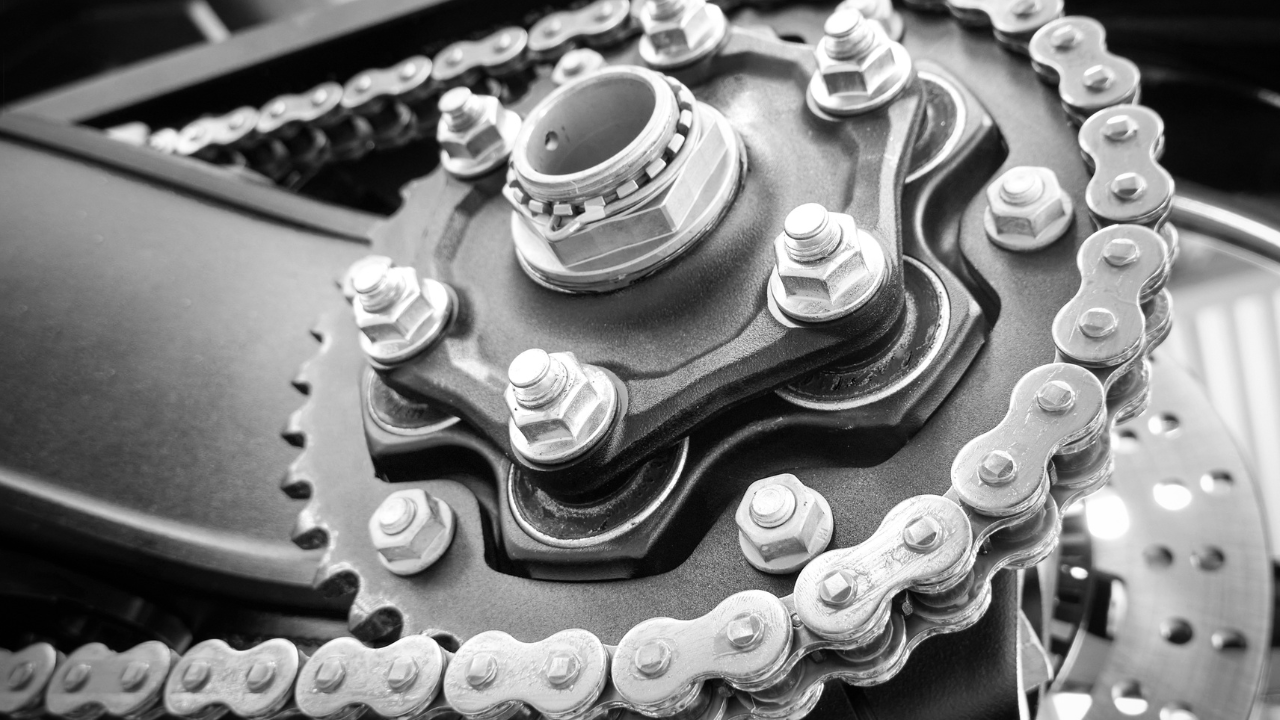
Chain Drive Design Recommendations

Classifying Chemicals to Assure Effective Sealing
